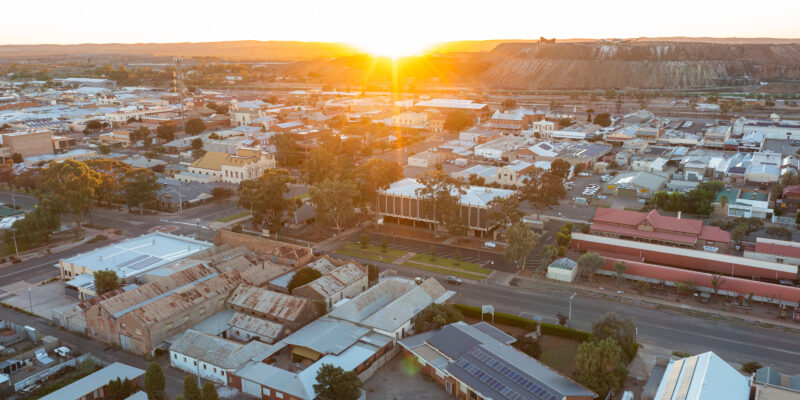Tree-change migration to regions at lowest level since COVID
Latest Regional Movers Index – which tracks migration from capital cities to the regions – fell by nearly 20 per cent in June.

FEWER families are moving to the countryside as the cost of housing for regional towns catches up with capital cities, new data shows.
The latest Regional Movers Index (RMI) – which tracks migration from capital cities to the regions – fell by nearly 20 per cent (-19.3 per cent) in June.
Analysis of the Commonwealth Bank’s 14.6 million customers by the Regional Australia Institute (RAI) shows tree-changing at its lowest level since the December 2019 quarter.
“The fall comes against a backdrop of overall reduced mobility across the country of 15.2 per cent, signaling significantly fewer relocations occurring during the June 2025 quarter,” says the latest report.
RAI chief executive Liz Ritchie said: “Across Australia, this quarterly report shows an overall downturn in movement across the country of 15.2 per cent, which includes capital to capital relocation.
“This quarter’s findings underscore the critical role regional centres play in shaping Australia’s future.
“However, with housing pressures mounting in regions, affordability is waning.”
As 40 per cent of the National Housing Accord’s 1.2 million homes are due to be built in regions, a Regional Housing Commissioner is needed, according to the RAI.
The slump will not come as a surprise to conveyancer Luke Seve, who told Australian Conveyancer about the cost pressures in rural Australia – especially for first-time buyers.
While the latest figures show a slowdown, migration from Australia’s capitals to the regions has generally remained high since the onset of COVID-19.
With 26 per cent more people relocating from capital cities to regional areas than vice versa, according to the June quarter figures, it is clear the countryside is still offering an attractive alternative.
Top-performing towns include Albury, in New South Wales, which saw a 16-fold increase in net migration from capitals in the year to June 2025.
Queensland continues to be the leading destination for internal migration.
Its share of net movement from capital cities to regional areas rose from 19 per cent in 2023-2024 to 31 per cent in 2024–25.






